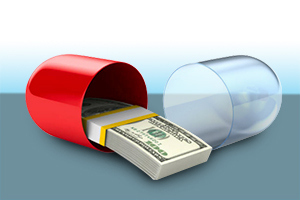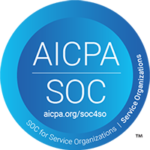

Our CEO Michael Rea has weighed in on the rebate topic in just about every prominent news organization over the past several months. So have many consumer advocates. The Trump Administration has too. Health and Human Services Secretary Alex Azar went so far as to tell a Senate committee, “We may need to move toward a system without rebates.”
Considering Azar used to be president of Eli Lilly, that’s quite a statement. Rebates are the currency in price and formulary negotiations between drug manufacturers like Lilly and the pharmacy benefit managers (PBMs) who represent self-insured employers and health plans.
Critics of rebates say they create incentives for PBMs, drug wholesalers and pharmacies to keep prices high, because all are paid a percentage of a drug’s list price. Manufacturers counter that they are pressured to keep all those players in the supply chain happy. Many insurers and PBMs argue that rebates actually work to keep total drug costs in check.
No two rebates are alike. Think about every individual employer or health plan’s formulary out there, the separate negotiations behind them, all the different tiers, prices, copays and everything else. It’s the definition of arcane.
We didn’t invent this system, but we’re all living under it. And it forces many people to choose between adhering to the life-saving medications they’re prescribed and other life necessities. Rx Savings Solutions is all about achieving the lowest possible prescription costs for our members, as well as the employers or health plans that provide their coverage. We want members to get the lowest-cost, therapeutically appropriate medication no matter how we get there.
That means supporting whatever rebate strategies our clients may have in place. Our claims data indicate that only 20 to 30 products typically account for 80 percent of the rebate dollars at play in a given plan design. If rebates are available to one of our clients, our solution has the ability to factor in the discount for any specific products. We can easily customize it to omit savings suggestions at the product level in order to accommodate whatever rebates a client has in place.
This example illustrates how it works:
Plan Design Example: Dipeptidyl Peptidase Inhibitors (DPP-4)
Rx Savings Solutions will show suggestions if there is savings for the member of the plan, and help drive utilization in accordance to plan design.
Example #1: Rebated product is not the lowest net cost, so lower copay should exist:
| Plan Design | Products | Member Copay | Cost/Rx | Rebate % | Net Cost | ||||||
|---|---|---|---|---|---|---|---|---|---|---|---|
| Tier 3 – Non-Preferred Brand | Tradjenta, Onglyza | $100 | $300 | N/A | $300 | ||||||
| Tier 2 – Preferred Brand | Januvia | $40 | $300 | 30% | $210 | ||||||
| Tier 1 – Generic | alogliptin | $10 | $150 | n/a | $150 |
Example #2: Rebated product is the lowest net cost, so should have lowest copay; Tier 1 product removed:
| PLAN DESIGN | PRODUCTS | MEMBER COPAY | COST/RX | REBATE % | NET COST |
|---|---|---|---|---|---|
| TIER 3 – NON-PREFERRED BRAND | TRADJENTA, ONGLYZA | $100 | $300 | N/A | $300 |
| TIER 2 – PREFERRED BRAND | JANUVIA | $40 | $300 | 55% | $135 |
Would a system that currently produces roughly 10 percent higher drug prices every year be better off without rebates? Probably. But it’s the world we live in, and it likely won’t change anytime soon. Legislation can put a band-aid on the problem, but only a free, efficient market can solve it.
That’s what our solution is working toward, where smart consumers demand choices and competition takes hold. In the meantime, Rx Savings Solutions will continue to present our members with all options they have within their plan design, with or without rebates.



